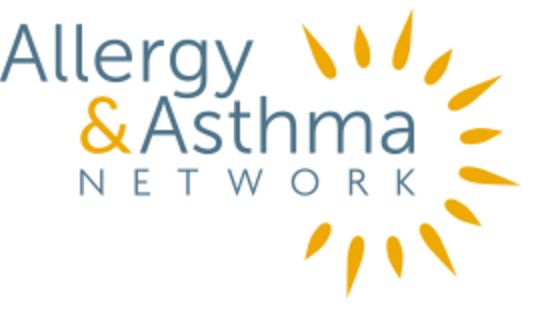How do I properly use a nebulizer for my asthma treatment?
Answer: To use a nebulizer, follow these steps:
1. Start by washing your hands to prevent any contamination.
2. Place your prescribed asthma medication into the nebulizer cup.
3. Attach the cup and mouthpiece or mask to the compressor.
4. Sit upright to allow for maximum lung capacity. Put the mouthpiece in your mouth (or the mask over your face) and turn on the compressor.
5. Without forcing your breath, inhale and exhale slowly through your mouth for about 5 to 15 minutes until medication is gone.
6. After using, clean the nebulizer as per the manufacturer’s instructions to make sure it works properly next time.
For more detailed instructions, consult your doctor, respiratory therapist or asthma educator. They can provide personalized guidance for your condition.
Using your nebulizer machine correctly is essential for getting your full asthma medication dosage
Nebulizers are easy to use – many are small enough for travel or dorm rooms and quiet enough for silent nights. For small children and others unable to coordinate inhaler timing, nebulizer machines are often necessary. The medication comes in sterile, unit dose vials – no measuring and mixing necessary.
Nebulizer Step-By-Step Instructions:
-
- Wash your hands. To keep your nebulizer – and your lungs – free of germs, always wash your hands before handling the medication and equipment.
- Check your medication. Before you begin, look closely at your medicine:
• Has it expired?
• Is the vial crushed or damaged?
• Does the medicine look discolored?
• Has it been exposed to any extremely hot or cold temperatures?
If you answer “yes” to any of these, replace the medicine. - Gather your equipment. In most set-ups, you have a compressor (the basic nebulizer machine), tubing, a cup (the nebulizer) for the medicine, and a mouthpiece. You might also have a mask. The compressor forces air into the medication in the cup, breaking the liquid into an aerosol. The cup design determines how well the system can produce droplets that are the right size to travel deep into the airways. Breath-enhanced and breath- actuated units allow less medication to escape into the air.Very young children and disabled or elderly patients unable to use a mouthpiece effectively should always use a mask. Choose one that is soft and flexible enough to fit snugly on the face and large enough to cover their mouths and noses.
- Pour medication into the nebulizer cup. Unit-dose vials are a snap to use; just twist off the top and pour. Choose a nebulizer cup that will sit flat for easy pouring. Take a sniff as you pour and throw out any medication that smells foul, spoiled or like
it may contain rubbing alcohol. Don’t overfill the cup as it may not aerosolize the medication at the correct particle size. - Sit back and relax. Put the mask on or place the mouthpiece over your tongue and close your teeth and lips tightly around it, then turn on the nebulizer machine. Breathe normally. If you start to cough, turn the machine off until you can breathe freely again. Continue the breathing treatment until the cup is empty. If the medication foams or bubbles, stop the treatment; you may have defective or contaminated medicine or equipment. Don’t ‘blow-by’ or mist the medication in front of the child’s face; this will release the medicine into the air, not the lungs. Use a mask.
- Wash up. Follow manufacturer’s instructions to keep your nebulizer cup, mouthpiece and tubing clean; whatever gets into your cup – from your hands, medication or house dust – will get into your lungs. When everything is clean and dry, store the system where it will stay dust-free.
Nebulizer cup/mouthpiece units and tubing don’t last forever. The plastic will break down over time. Replace them as recommended – and don’t forget to clean or change the air filter if there is one.
Patient education resources from Allergy & Asthma Network

© 2021 Allergy and Asthma Network
Last updated : 6/24/2024